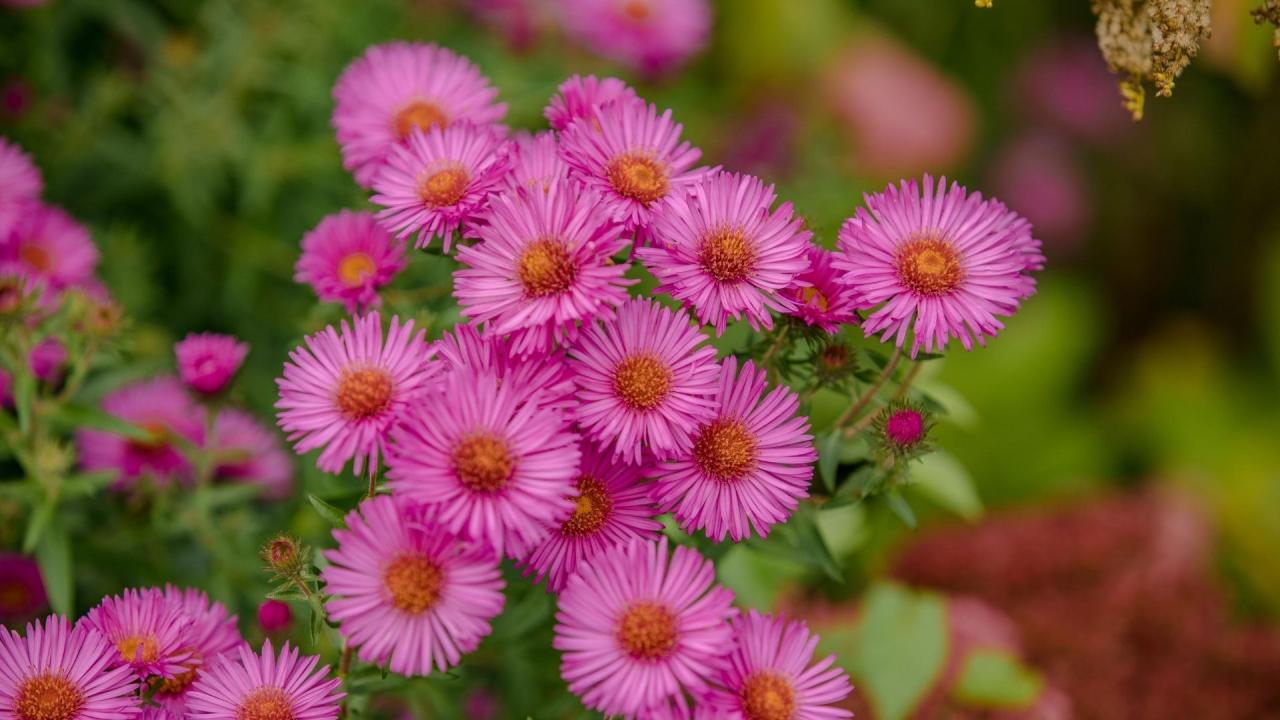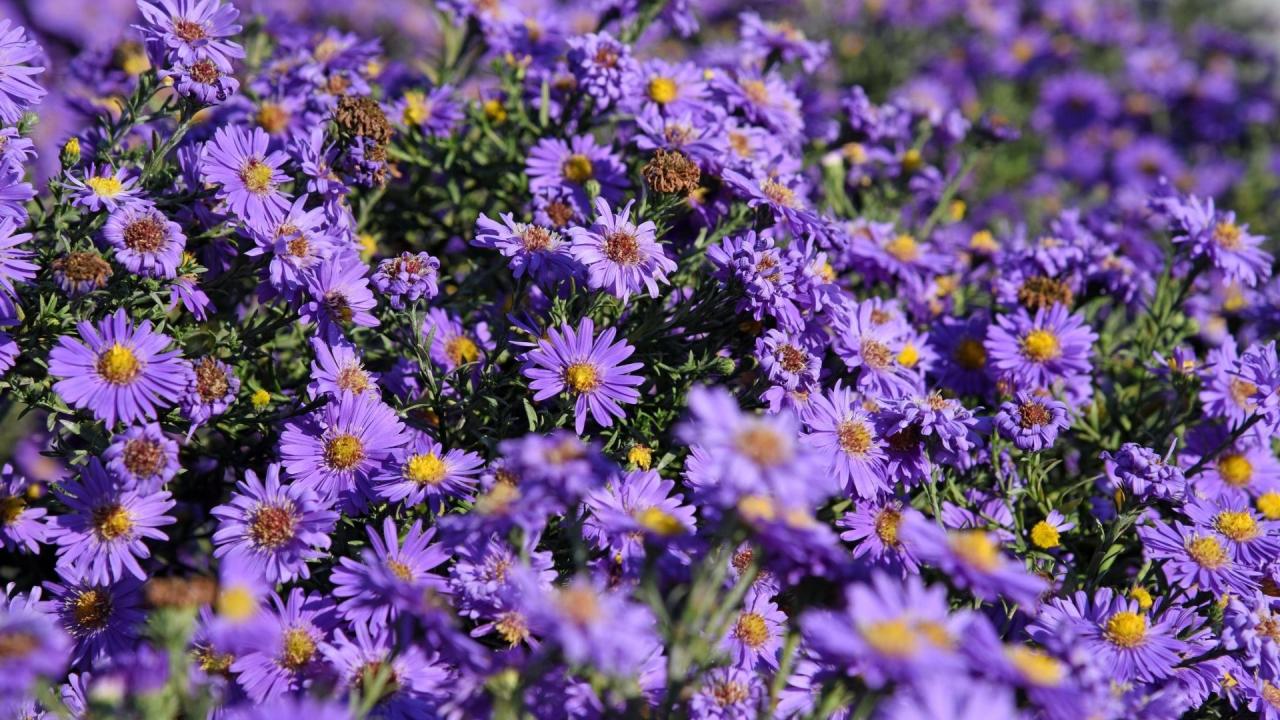The Aster plant, known for its vibrant blooms and hardiness, is a favorite among gardeners. With its origins in North America and Asia, the Aster family encompasses various species and varieties, each offering unique colors and shapes. In this comprehensive guide, we’ll explore the different Aster plant varieties, their characteristics, ideal growing conditions, and tips for maintenance.
What is an Aster Plant?

Asters are flowering plants that belong to the Asteraceae family. Renowned for their stunning daisy-like flowers, these perennials are beloved for their late-summer and fall blooms. With over 200 species, they are versatile in garden design, attracting pollinators and providing color when many other plants have finished blooming.
Popular Aster Plant Varieties
Here are some popular Aster varieties you might consider for your garden:
| Variety | Color | Height | Bloom Time |
|---|---|---|---|
| Aster novae-angliae (New England Aster) | Purple, Pink, Blue | 3-6 feet | Late Summer to Fall |
| Aster novi-belgii (New York Aster) | White, Pink, Lavender | 1-3 feet | Late Summer to Fall |
| Aster amellus (Italian Aster) | Blue, Purple | 1-3 feet | Late Summer to Fall |
| Aster lateriflorus (Calico Aster) | White, Pink | 2-3 feet | Fall |
| Aster tataricus (Tatarian Aster) | Blue | 3-4 feet | Late Summer to Fall |
1. New England Aster (Aster novae-angliae)
This stunning aster is celebrated for its bright purple flowers that attract a variety of pollinators, including butterflies and bees. New England Asters thrive in well-drained soil and prefer full sun. They can grow significantly tall, making them perfect for the back of flower beds.
Growing Tips

To encourage healthy growth:
- Plant in a location with plenty of sunlight (at least 6 hours).
- Provide adequate spacing to promote airflow and prevent mildew.
- Water regularly, especially during dry spells.
2. New York Aster (Aster novi-belgii)
The New York Aster is a compact variety, known for its diverse color palette, including pink, white, and lavender. This aster is especially popular for garden borders and containers due to its manageable height.
Growing Conditions, Aster Plant Varieties
This variety thrives in:
- Well-drained soil rich in organic matter.
- Partial to full sun conditions.
- Regular watering, particularly during dry periods.
3. Italian Aster (Aster amellus)
The Italian Aster is an eye-catching addition to any garden, featuring beautiful blue and purple flowers. This variety is hardy and adaptable, making it an excellent choice for various climates.
Maintenance Tips
For optimal growth:
- Deadhead spent blooms to encourage further flowering.
- Divide every few years to promote vigor.
- Fertilize in early spring for robust growth.
4. Calico Aster (Aster lateriflorus)
This unique variety showcases an assortment of small, clustered flowers that create a calico-like appearance. The Calico Aster is excellent for naturalistic gardens and works well in the foreground of flower beds.
Care Requirements
Calico Asters are particularly attractive to beneficial insects, making them a great addition to an eco-friendly garden.
To care for Calico Asters:
- Ensure adequate sunlight for optimal blooming.
- Regular watering and mulching can help retain soil moisture.
5. Tatarian Aster (Aster tataricus)
This tall aster variety boasts a stunning display of blue flowers, making it a striking focal point in the garden. The Tatarian Aster is resilient and tolerant of various soil types.
Key Growing Factors
To grow Tatarian Asters successfully:
- Plant in full sun to encourage robust flowering.
- Use a balanced fertilizer in the spring to promote growth.
How to Plant Asters
Planting asters is straightforward, but here are some tips to ensure a thriving garden:
- Choose a well-draining location.
- Dig a hole twice the width of the root ball.
- Plant at the same depth as the container.
- Water thoroughly after planting.
Common Pests and Problems
Asters can sometimes attract pests such as aphids and spider mites. Regular monitoring is essential to manage these pests effectively. If you notice an infestation, consider using insecticidal soap or neem oil as a natural solution.
General Care
Regular deadheading can prolong the blooming period, keeping your asters looking fresh and vibrant.
In addition, make sure to:
- Cut back foliage in the fall to prepare for winter.
- Divide perennials every few years to maintain their health.
Conclusion
Aster plants are a beautiful and versatile addition to any garden, providing vibrant colors and attracting beneficial pollinators. By understanding the various Aster plant varieties and their specific needs, gardeners can enjoy these stunning blooms for years to come. Happy gardening! 🌼
